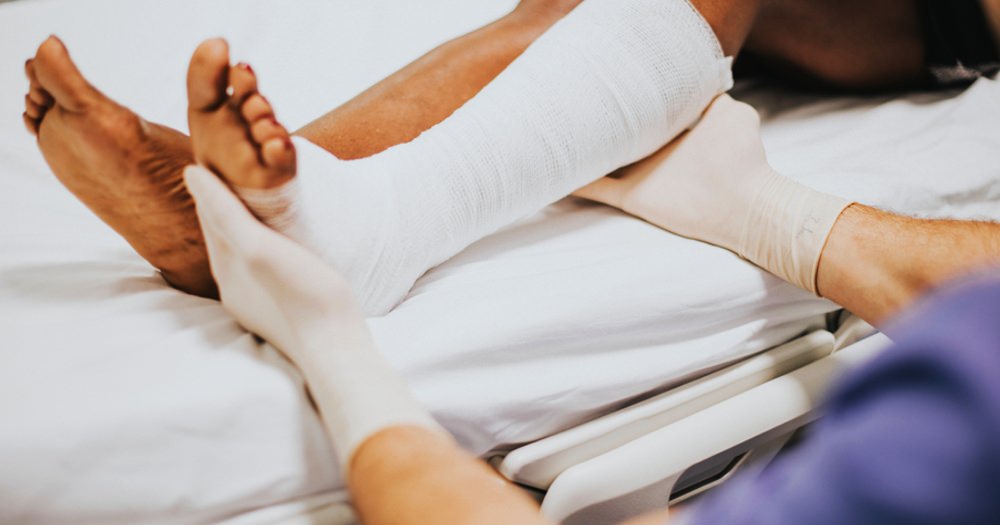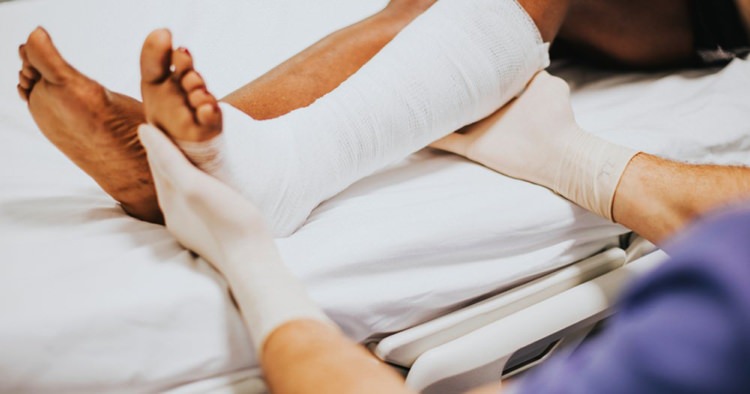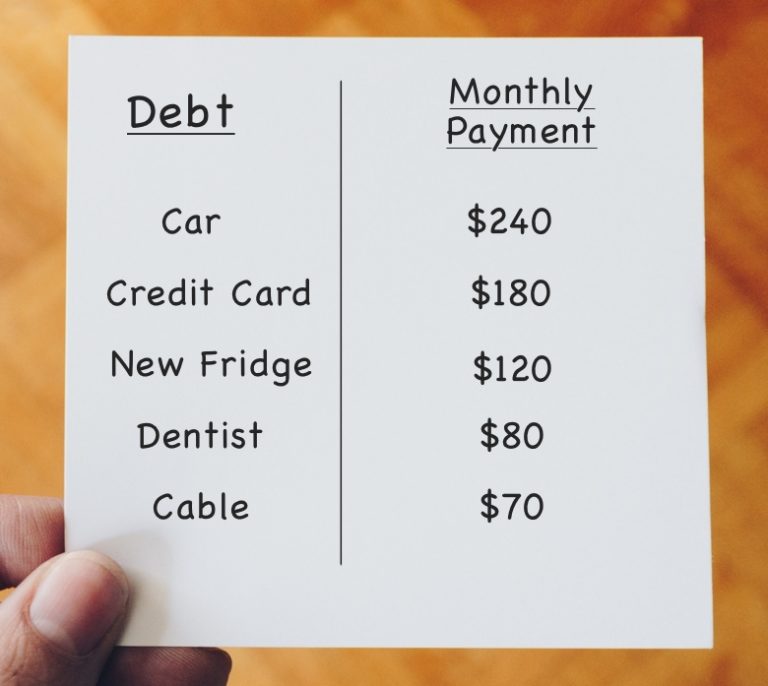Why Medical Debts And Bankruptcy Are Increasing

Even if you have health insurance, medical expenses can still overwhelm you. Without insurance, just one medical emergency or the need for treatment can mean the a patient can quickly get into extreme debt. It’s no surprise that people claiming bankruptcy due to medical debts, is on the rise.
Types of Medical Debt Most People Encounter

- Surgeries and hospital stays
- The cost of anesthesia
- Ambulance costs
- The cost of emergency room care
- The cost for seeing specialists such as cardiologists, oncologists an orthopedists
- The expenses to see your family doctor
- Therapy costs including physical therapy, occupational therapy and speech therapy
- The cost of medical devices such as prosthetics and wheelchairs
- Medication expenses
- Travel costs to and from the health providers
Often times, patients need to see their doctor or therapist multiple times which means a charge for each visit.
The Relationship Between Medical Expenses and Bankruptcy
CNBC reported that a study done by NerdWallet Health showed that nearly 2 million people filed bankruptcies in 2013 due to unpaid medical bills – more filings than were due to unpaid mortgages and unpaid credit-cared bills. The study examined Census Data, data from the federal courts (where bankruptcies are filed), and the Centers for Disease Control.
The study also found nearly one in five Americans between the ages of 19 and 64 struggle with and need help paying their medical expenses.
The Balance reported the following relationship between medical debt and bankruptcy in January 2019
- The studies on the amount of bankruptcy filings differ from year to year depending on the state of the economy. The Great Recession increased the number of bankruptcy filings.
- A study done by Elizabeth Warren and researchers found that 62 percent of all bankruptcies were due to medical bills based on interviews with people who filed for bankruptcy between January and April 2007. Medical expenses included mortgaging a home to pay the medical costs, losing at least two weeks work because of an illness, and medical bills of more than $1,000.
- A 2011 study found that “out-of-pocket medical costs” caused about one in four bankruptcies – among low income debtors.
- The NerdWallet Health study found that about 57.1% of bankruptcies were medical related.
- A Kaiser Family Foundation study in 2015 found that many people admit that paying medical bills means sacrifice. Many say they cut down on payments for food, clothing, vacations, seeing their doctors, taking their medications, and other sacrifices. The Kaiser study found that, on average, people pay 26% of the income (outside of their mortgage or rent) for medical expenses.
- Another study in 2017 by debt.org found that people 55 and older were filing more bankruptcies and that “the average 65-year-old couple faces $275,000 in medical bills throughout retirement.”
It can be hard to determine exact numbers because people who file for bankruptcy don’t have to state their reason for filing. There are different definitions of medical debt. Many people who have high medical expenses also have other types of debt too.
For more information, you can read some of the advantages to filing medical bankruptcy and how an attorney can help you through the process.
Eliminating Medical Debts
Generally, patients can eliminate the medical bills that are not covered by their insurance in a Chapter 7 bankruptcy. They can also make payment arrangements for any arrears in a Chapter 13 bankruptcy.
One practical factor to consider is whether you will have the need to go back to your doctor again after the bankruptcy is discharged. Some doctors may not want to treat you if you don’t pay their medical bill. Generally, hospitals that get funding through the government can’t refuse to continue to treat you if you fail to pay past due bills.
It is important to remember that you will need to make payment arrangements with any health providers you see after your bankruptcy discharge.
Types of Health Insurance
The main types of insurance coverage in America are:
- The Affordable Care Act. This law has helped many people who couldn’t afford insurance obtain insurance. The Act generally offers different types of plans depending on how much the debtor can afford to pay the premiums. One huge advantage of the Affordable Care Act is that patients with pre-existing conditions such as heart disease, cancer, diabetes, or other diseases and disorders are now eligible for coverage.
Still, the Affordable Care Act doesn’t cover many things:
- The deductible: Even with insurance, most people with ACA coverage must pay a certain amount out of their own pocket before the insurance company is required to pay anything. A typical ACA deductible is $6,000. Deductibles may be higher.
- Co-pays: Most plans require that the debtor pay a specific fee or a percentage of the bill out of their own pocket. The amount of co-pays is usually capped – that is, it usually can’t be more than a specific total for the year. Still, the co-pays can be expensive and a contributing factor to the need to file for bankruptcy
- Not every treatment is covered: Debtors should check with their insurance carrier as well as their doctor before they begin any course of treatment so they know whether the bills will be paid.
- Traditional coverage: Many people don’t use the ACA. Instead they either have medical coverage through their employer, a group plan, or they buy their own coverage. Like the ACA, these coverages all have deductibles, co-pays, and some treatments that won’t be covered. Pre-existing conditions may not be covered in these traditional policies.
- This coverage is primarily available to people who are 65 years-old and older: It generally covers 80% of your medical expenses. Seniors should consider buying supplemental coverage to cover the other 20%. Even with supplemental coverage; there are deductibles and co-pays – though they should be much lower than other insurance coverage. While most treatments are covered, there still may be some treatments that aren’t covered
- This is basically insurance coverage for low-income people: As with other insurances; there are some medical expenses that aren’t covered.
- Auto insurance: If you’re hurt in a car crash, the liability insurance for the person that caused your injuries may pay some of your medical expenses.
- Drug costs: There are many different types of drug plans depending on what type of basic health insurance you have. Drug costs can add up quickly because many people who take medications need to take them for the rest of their lives.
Countries like Canada offer universal coverage which pays for an array of many bills that American coverage does not.
Learn How Bankruptcy and Other Options Can Help Address Medical Debts
At The Law Offices of Ronald I. Chorches, we help debtors understand what solutions they can use and which ones offer the most benefit. We provide a free and confidential bankruptcy consultation to all new clients. Our offices are located in Wethersfield and Winsted Connecticut, and we’re easily reachable from the cities of Hartford, West Hartford, East Hartford and Manchester.






